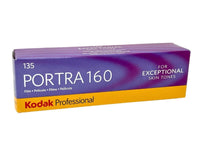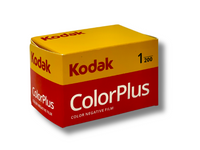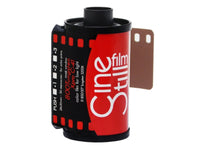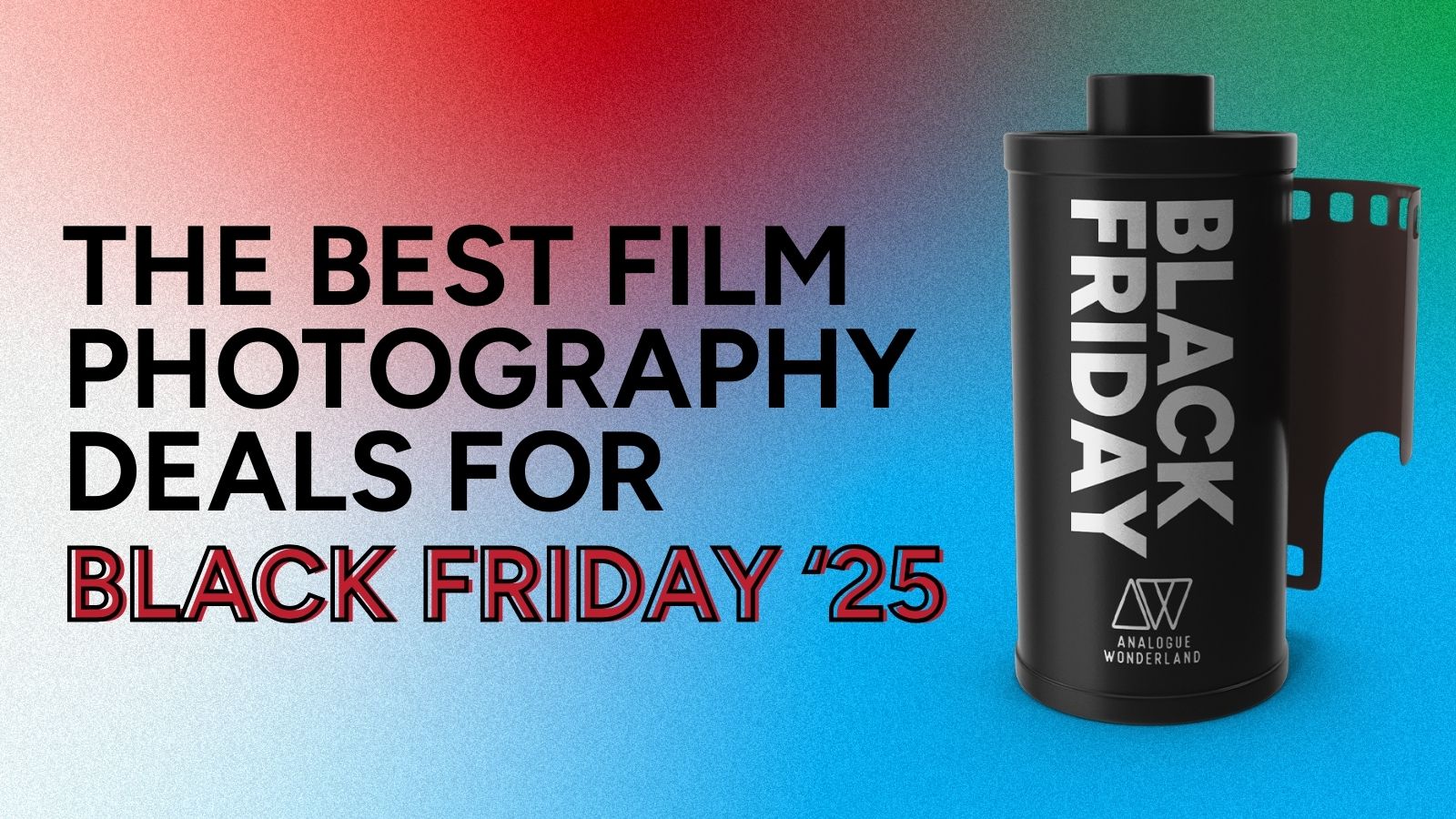Black Friday 2025 has landed at Analogue Wonderland, bringing some of our biggest film photography deals of the year - from discounted film and cameras to money-saving WonderLab processing offers, exclusive bundles, and festive specials available for a limited time only. Grab a great deal while stocks last!
Recent posts
Shop the article
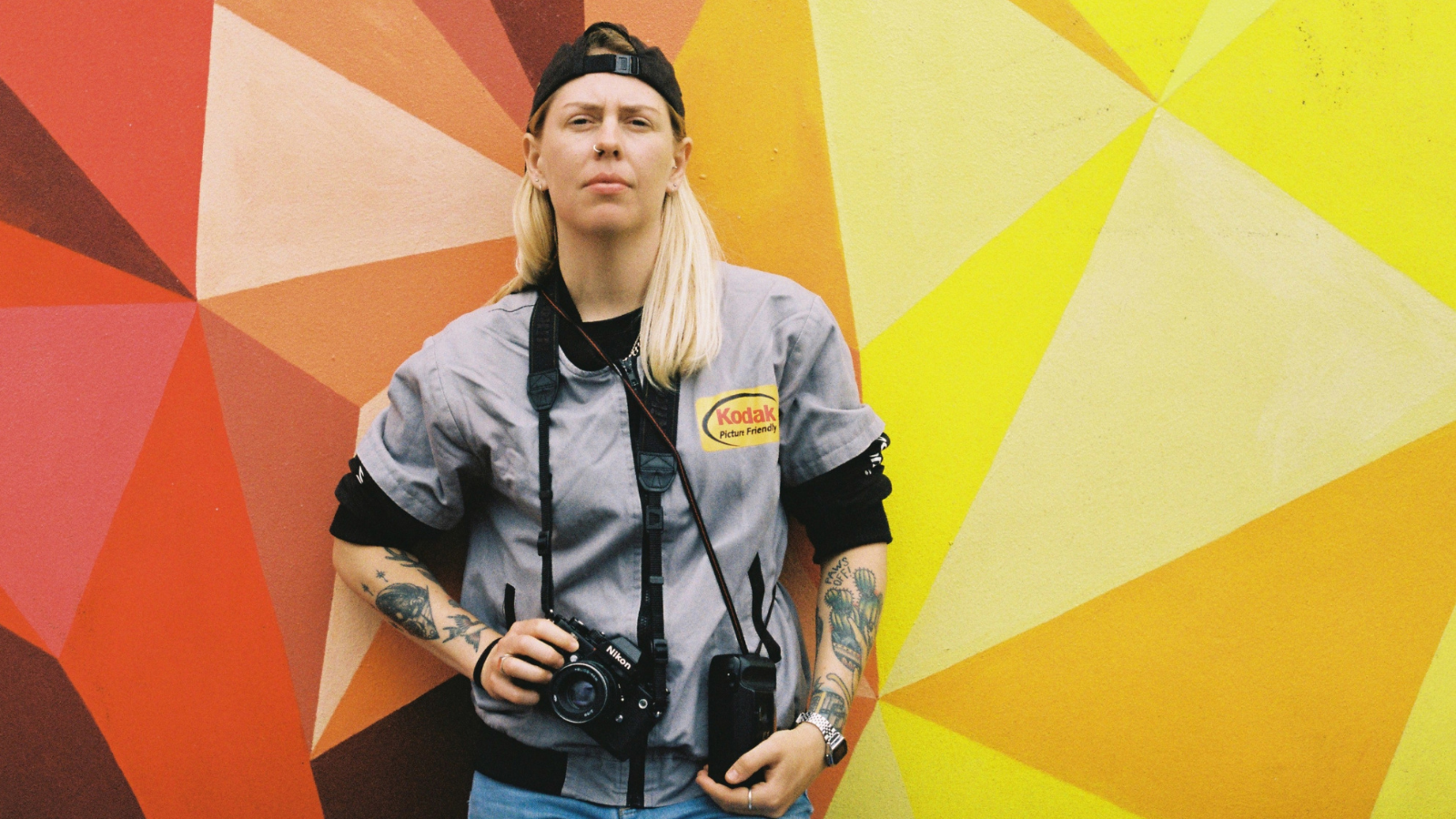
Digital for Delivery; Film for Fun
As a photographer who shoots both digital and analogue, I think of myself as two totally different entities. I am a photographer who shoots digital and I am a photographer who shoots film and I exist in both of these worlds simultaneously. Yes, there is of course a lot of crossover, in terms of skill and understanding how to photograph, but I approach them in completely different ways. And more importantly, the journey they take me on elicits both very contrasting emotions and responses.
About me: Sarah Emma Smith
I shoot digital for work and very, very rarely for anything else. Unless it is with my phone, but that sits in its whole own category I think. Digital photography, despite me still greatly enjoying it, is more of a means to an end and you won’t see me wandering the streets with my 5D in hand (it would be good strength training though). Like most photographers, I shoot digital for its ease, speed and cost effectiveness (once all the gear has been purchased, of course) and for the ability to shoot large quantities.
And for this it is brilliant.
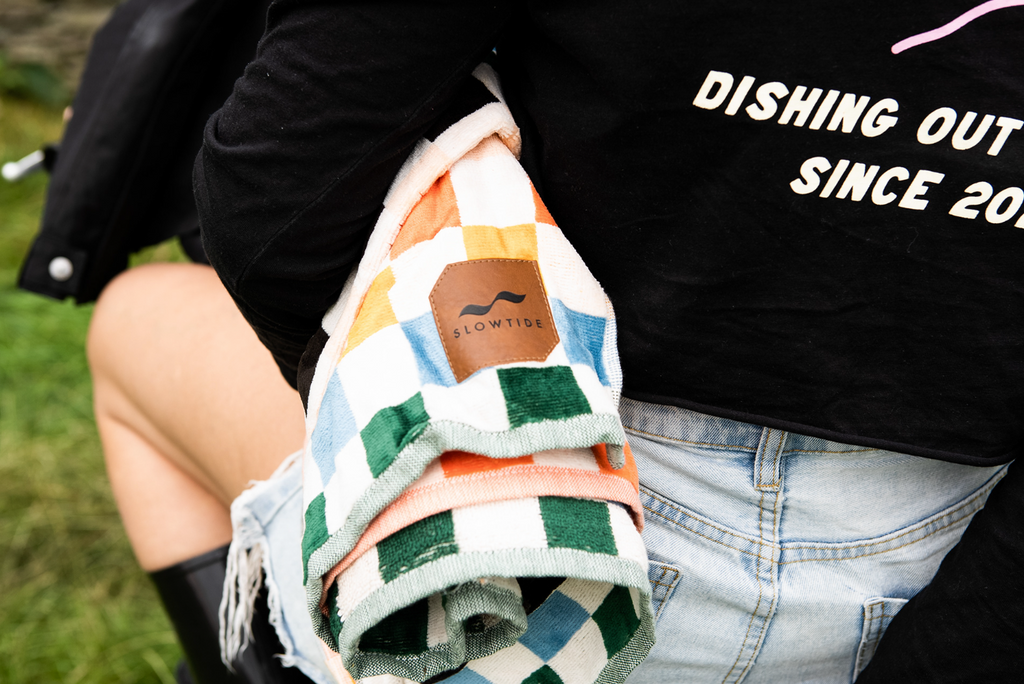
Some of Sarah Emma Smith's brand work on digital
It allows you to shoot enough to make sure all aspects of the clients’ brief are covered, to check back on images to make sure you got what you needed and crucially, it allows you to get home, stick your memory card into the computer and immediately start editing. The whole process can be completed in an exhausting day or days if need be and the client is kept happy. Bring on the next job and start the process again. (Incidentally there are photographers who incorporate film into their work, including those who shoot weddings on film - but you need a client who understands the increased cost and time!)
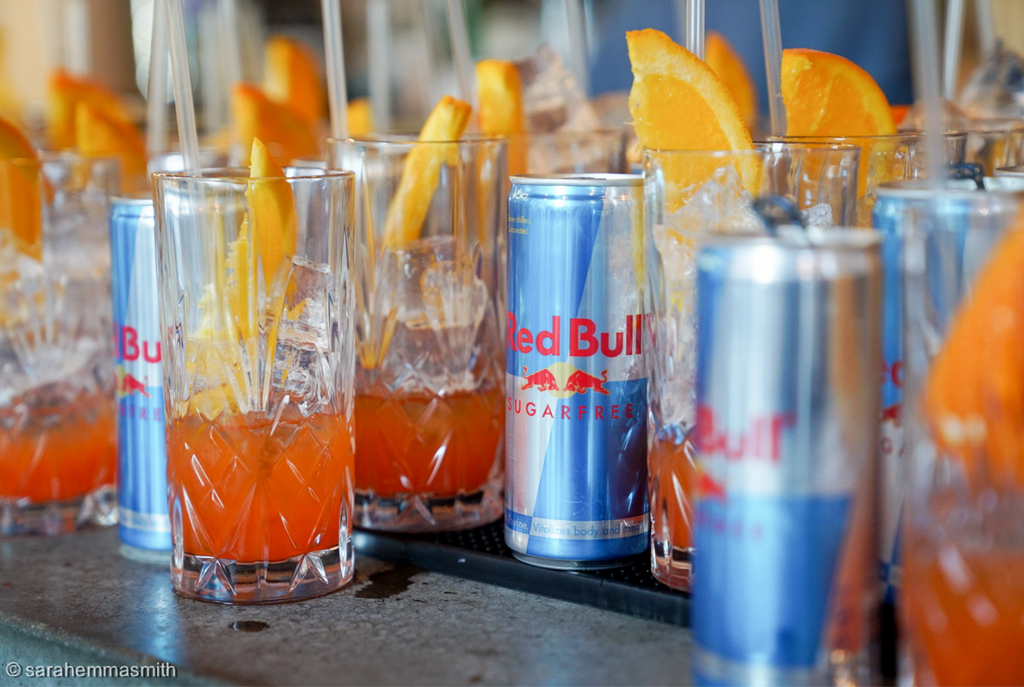
Working for Red Bull
On the other hand, I shoot on film purely for my own enjoyment. And what enjoyment it is! The whole process from deciding what film camera and film stock to use, to processing, scanning and eventually seeing those images for the first time, is magical. I am not sure how else to describe it really - even though I know how it all works, it still seems like something from a dimension that we don’t quite understand. Perhaps a bit like wifi; we know what it is, but it still seems like some kind of witchy stuff!
So what is it about shooting on film that is so vastly different to digital? If I had to break it down to one thing, it’s patience. Film, slows, everything, down. The whole process from beginning to end can take weeks, sometimes months. And I like this. It brings a certain something that I don’t get from any other hobby.
Every time I go out and shoot film, I am taken on a journey. Perhaps this journey isn’t the same for everyone but this is something of what I experience. For more information check out AW's article 'Why do people still shoot film?'
Choosing your hardware
By hardware, I mean your camera and film. What you are intending on shooting is very much going to determine what camera and film stock you decide to take with you. Gonna go for an easy stroll around town and shoot some architecture and general passing life? A point and shoot with a 28mm or 35mm lens on it will probably do the trick. It’s light, compact and unobtrusive.
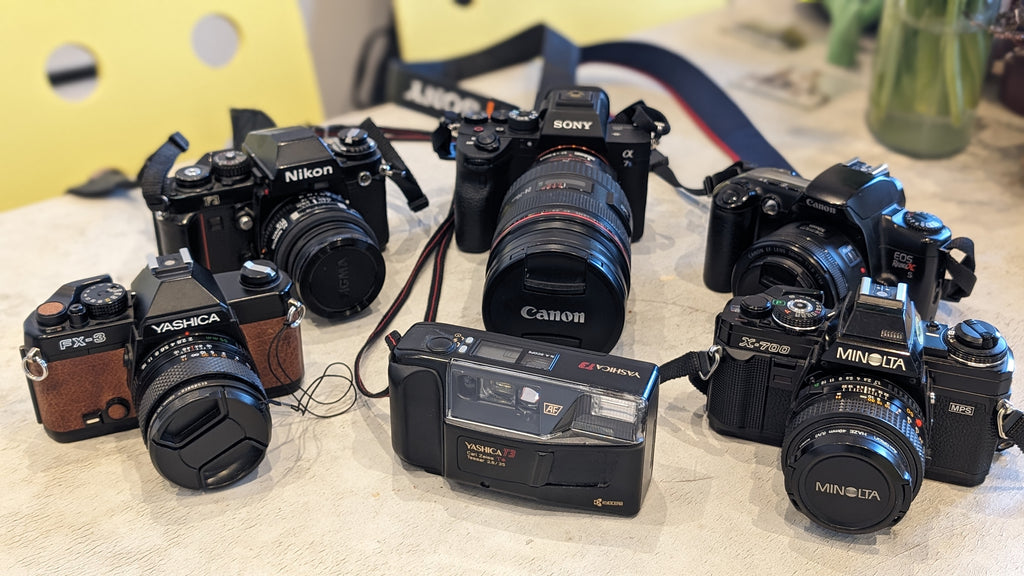
And in terms of film, you probably want a nice all rounder with a lowish ISO - perhaps a Portra 160 or a Colorplus. What if you are shooting something in a situation where you know you are going to want some dreamy shallow depth of field - perhaps you are shooting faces and more up close detail? You will likely want to go for a camera which can take a longer focal length lens, an SLR for example and a slightly higher rated ISO film stock so that it allows for you to really open up the aperture as wide as possible.
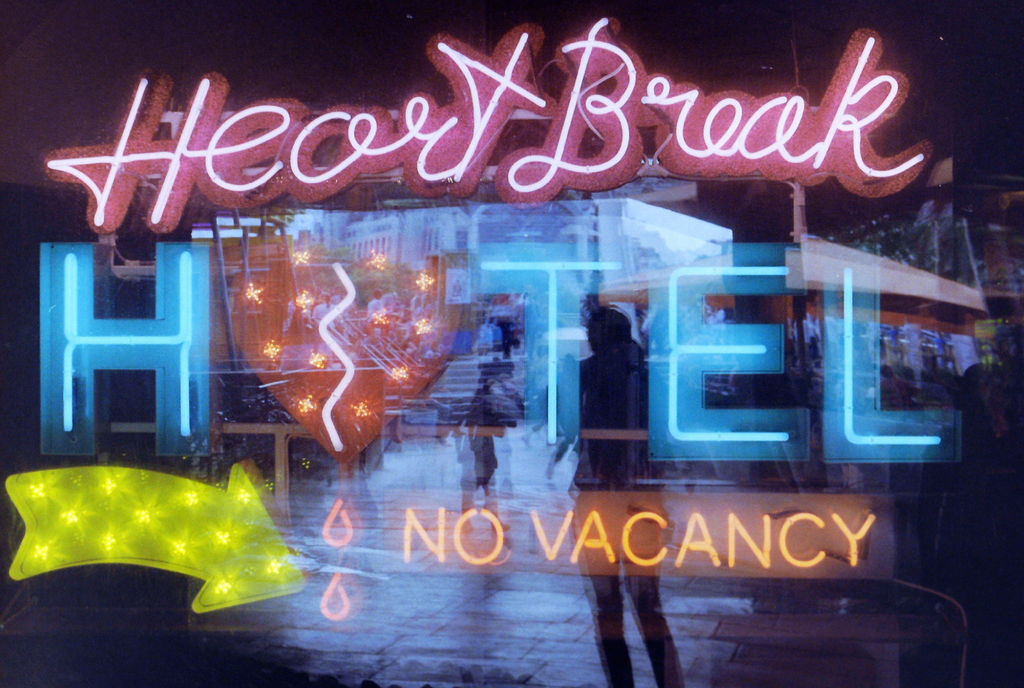
All these things will change how your image comes out in the end and so they need to be taken into account and the choosing must happen thoughtfully. Also, if everyone else is like me, you have a large selection of cameras to choose from, making the decision take even longer!
Choosing your shot
Unlike with digital, film has a finite number of frames. So shot choice is a really important one. I like how I am forced to think about when I am going to hit the shutter button… is the moment right, is the light ok, if I wait a second or two longer, will the shot be better? You are forced to be patient with the way you shoot, unlike with digital where it’s fine to be as trigger happy as you want.

Oh hello Cinestill 800T 35mm!
Shooting film has also changed how I look at my surroundings. I am constantly looking up and noticing interesting angles or seeing how the light falls in a particular way. It just feels a whole lot more conscious and I love how much it makes me slow down and appreciate things in a different way.
Processing your film
Whether you process at home yourself or you send your films off to the Analogue Wonderlab, you will know the excitement that this part brings. Once again, you have to practice some patience here. Importing your digital files from a memory card takes about 10 minutes perhaps… developing a roll of film? You will definitely have to block off at least 2 to 3 hours before you actually get to see your images (and even then, it will be in the form of negatives). But what a wondrous few hours it will be.
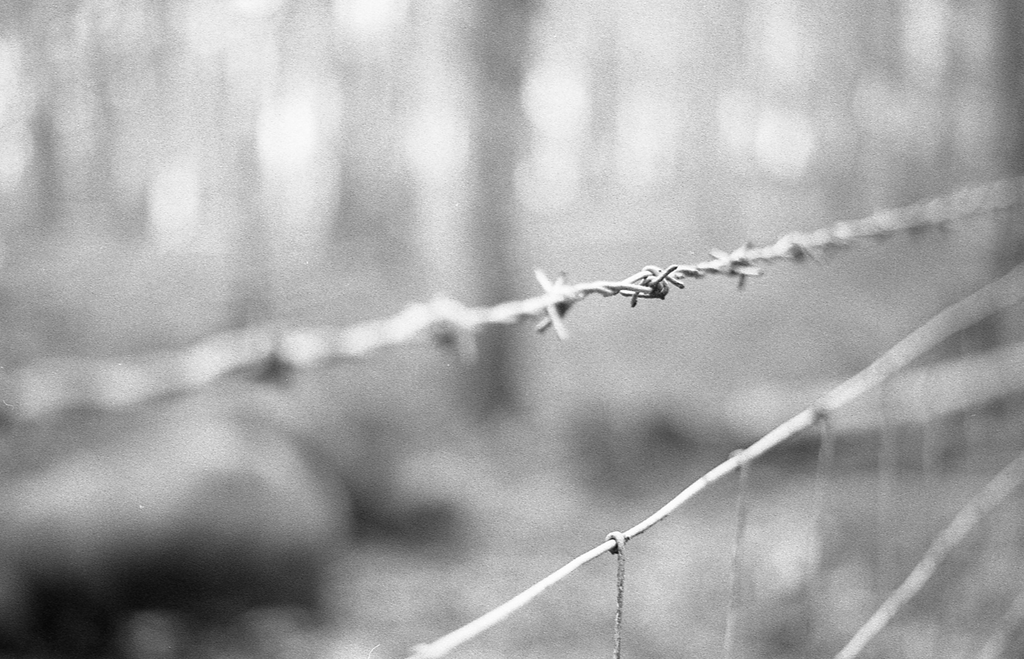
From setting up your station to getting the films on the spindle in the change bag to meticulously getting the chemicals to the correct temperature - it all takes time and concentration. But it feels once again, like magic. Science magic, but magic nonetheless. I sometimes like to pretend that I am a chemist working in a lab, doing my very important experiments with my tubes and thermometers.
Even after developing my 100th roll of film, the excitement I feel when I open up the developing tank and there are actual images on the film, is truly unparalleled. There is also always the slight nervousness that something has gone wrong and you have lost your photos - oh the dread of seeing nothing on the rolls as you take them out the tank. Heartbreaking.
Conclusion
Then it’s time to scan or print and finally see your images properly for the first time. And that itself may take hours or days. So again, patience is the key ingredient and the thing that I will always go back to when asked what makes film photography different to digital. It’s slow, thought out, deliberate and heartfelt.
After all of these observations though, the biggest difference between digital and analogue photography is the community that surrounds them. Sure, I know many photographers who shoot digital for work and you can always chat to them but it is not the same in any sense as the absolutely huge and supportive film community that exists both online and in the real world.

Sarah Emma Smith on one of our Oxford photowalks - shot on 110 film!
I have met and made many friends through photo walks and meetups and am continually inspired by the passion and kindness of this community.
Long live film!
What do you think - do you have a similar work/play split in your photography habits?
Written by:
Sarah Emma Smith
Ready to dive in?
Keep Reading
View all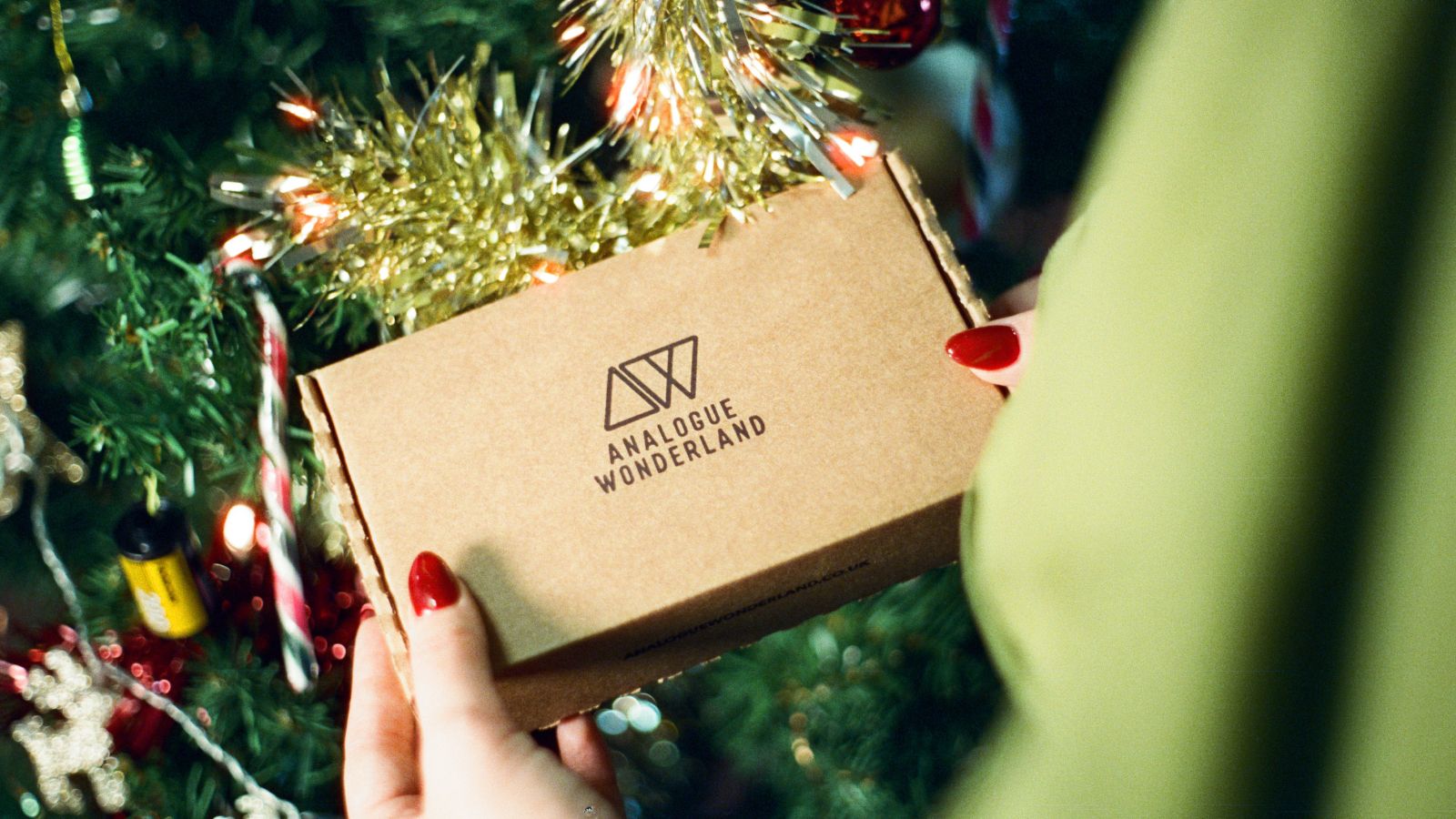
Christmas 2025: Shipping & Opening Hours
Christmas 2025 is fast approaching! To make sure your analogue goodies arrive in time, take note of our last shipping dates, plus opening and operating hours over the festive season. We've got everything you need to gift the magic of film photography this Christmas!

Film Photography Christmas Gift Guide 2025: Analogue Wonderland
Capture the magic of Christmas with film - no filters needed. Our 2025 Film Photography Christmas Gift Guide 2025 is packed with thoughtful presents for every type of shooter, from curious beginners to seasoned photographers. Discover film stocks, cameras, and creative accessories that will make this festive season truly memorable.
Subscribe to our newsletter 💌
Sign up for our newsletter to stay up to date on film photography news, sales and events:
Free Tracked Shipping
On all UK orders over £50
Passion For Film
An unbeatable range and an on-site lab
Our Customers Trust Us
Thousands of independent 5* reviews
All Deliveries are Carbon Neutral
Independently audited and verified by Planet
- Opens in a new window.




